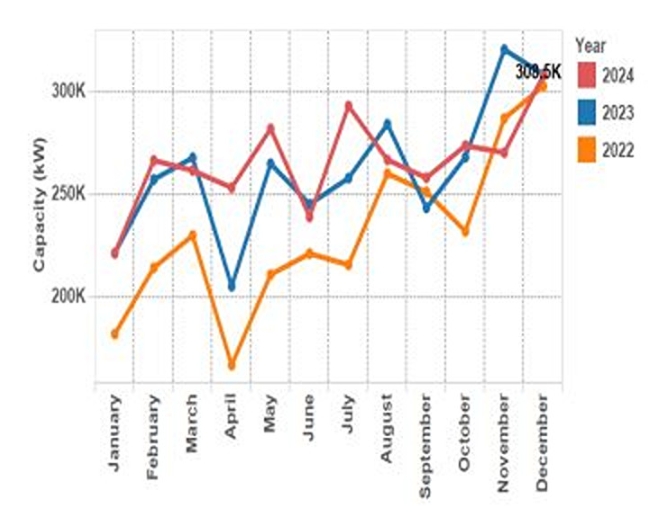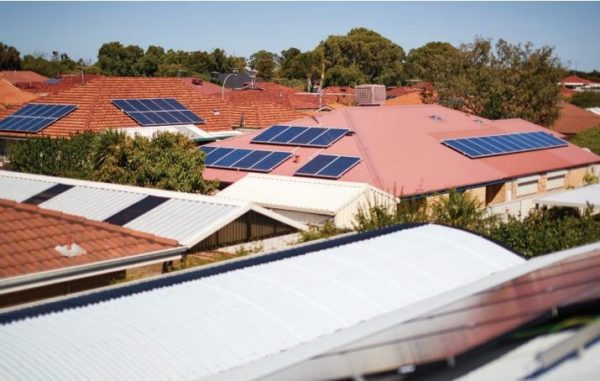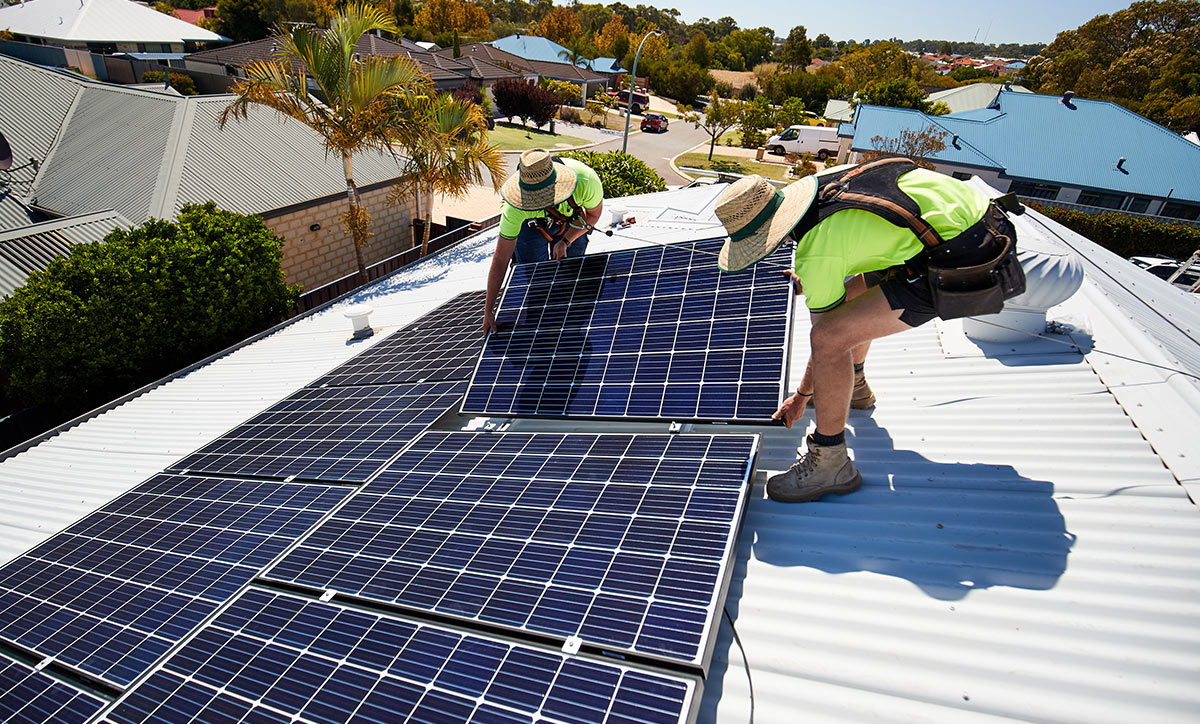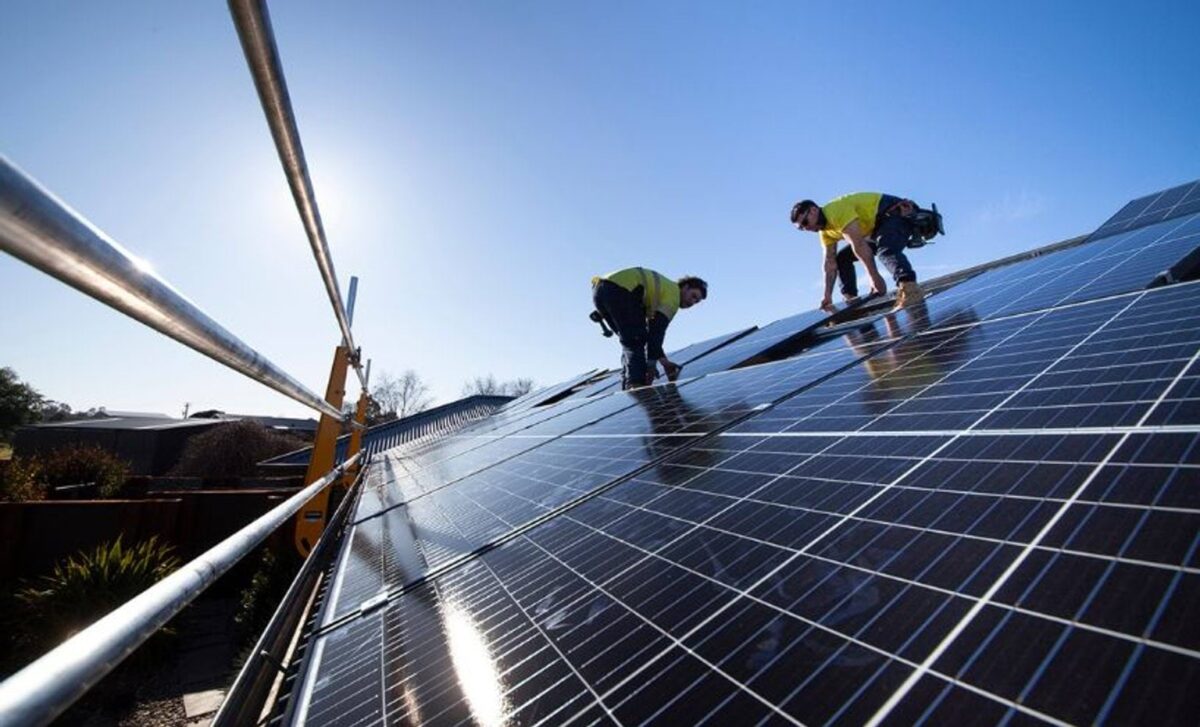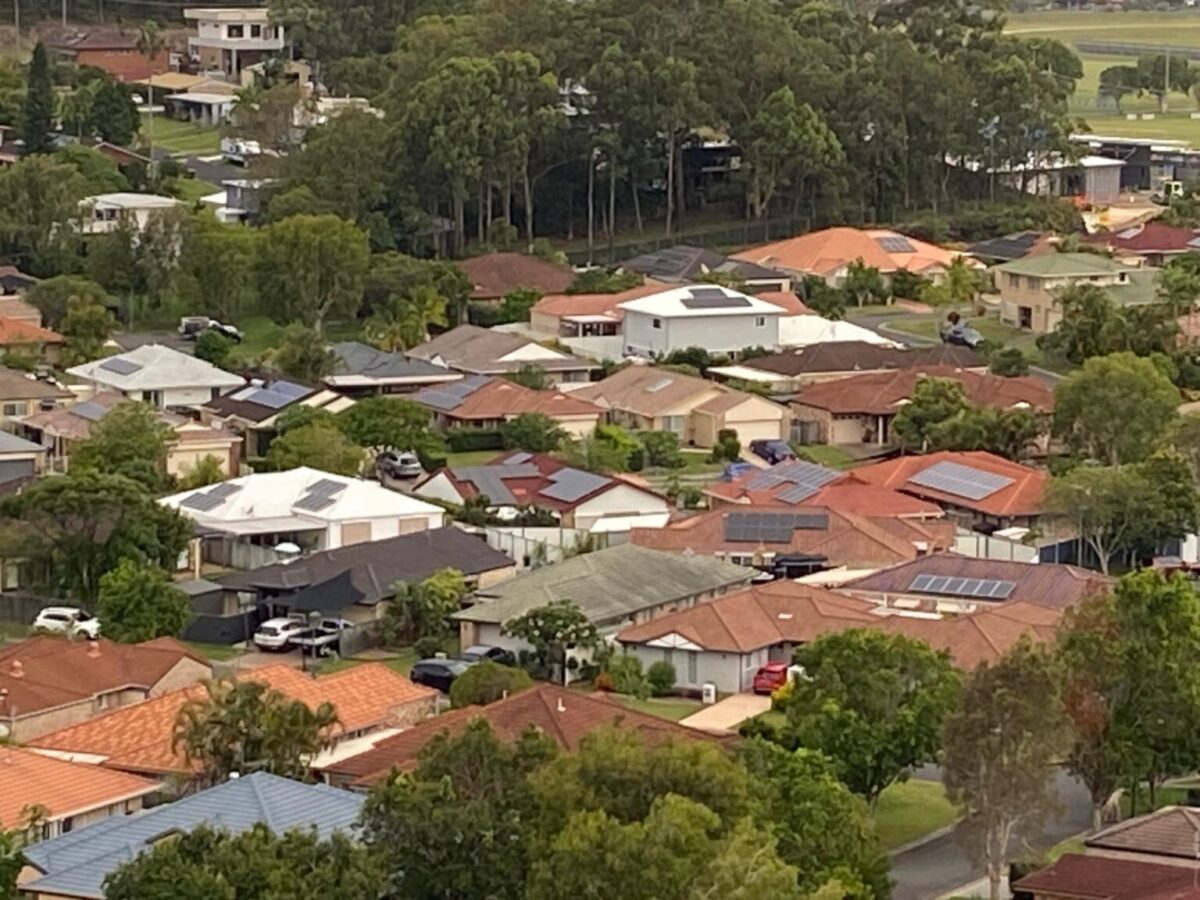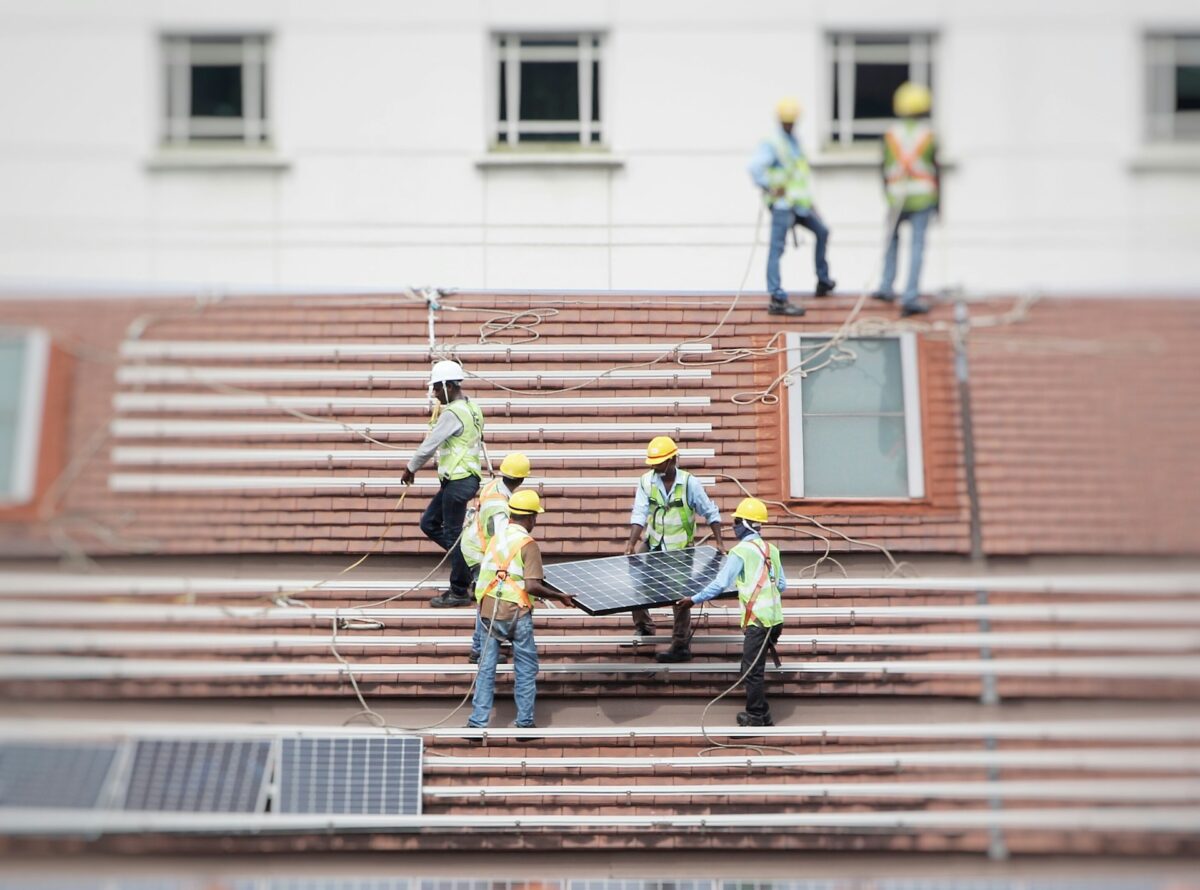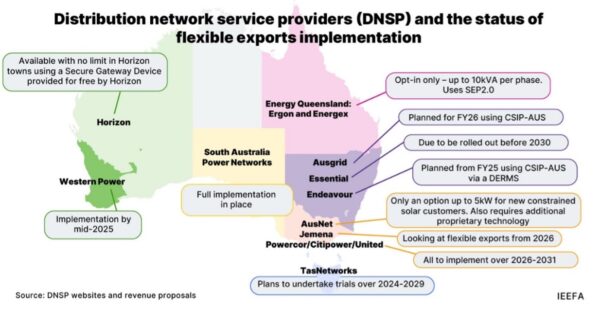
Rooftop solar owners are missing out on millions of dollars in income as a result of the sluggish, patchwork rollout of flexible exports.
This is due in large part to the outdated 5 kW export limit imposed on rooftop solar systems in the 2000s. Today, the average rooftop solar system installed is double that capacity, but export limits have remained static.
South Australia became the first state to offer flexible exports of solar energy as standard. SA Power Networks developed software to forecast the network’s hosting capacity 24 hours in advance, on a five-minute basis, to safely and dynamically manage solar inflows of up to 10kW per inverter.
However, the inconsistent rollout of flexible exports elsewhere in Australia is costing consumers across the country millions a year in lost income – $35 million (USD 22.1 million) in 2023 alone. That figure is expected to balloon to $211 million over the next three years as more solar systems are installed.
All electricity system users benefit from the additional exports since the increased energy supply can reduce electricity prices for everyone. About half of households in the SA Power Networks area already have rooftop solar installed, and at times rooftop solar supplies more than the state’s total electricity demand.
This extra energy can be used to partially displace large generators in wholesale supply, support local networks, and to stabilise the grid, unlocking an estimated $5 billion in net benefits for all consumers to 2042, according to a Deloitte cost-benefit analysis.
However, equipment manufacturers and installers, and ultimately consumers, are disadvantaged by the inconsistent, inefficient, slow or non-existent rollout of flexible exports due to the lack of uniform national regulations. The implementation across six jurisdictions by eleven different distribution network service providers (DNSPs) is being planned or delivered using a variety of standards and devices.
Unless there is a nationally consistent approach to communication and integration, meeting all requirements for all DNSPs will be a huge undertaking by industry.
What does this mean for the consumer? It will push up the cost of doing business in Australia for manufacturers, which ultimately will make Australia less appealing with higher product and installation costs than any other global region.
Basic requirements could be put in place to minimise the costs of compliance by inverter manufacturers with flexible exports across different DNSP areas.
These include:
Communication protocol from the DNSP to the inverter.
Testing and certifying equipment.
Data communication standards.
Flexible exports communication.
Visibility of DOEs to VPP operators/aggregators.
Behind-the-meter (BTM) access.
It is in the interests of consumers that these be put in place as soon as possible, given that approximately 300,000 household solar systems are being installed annually and in light of the financial benefits calculated above.

